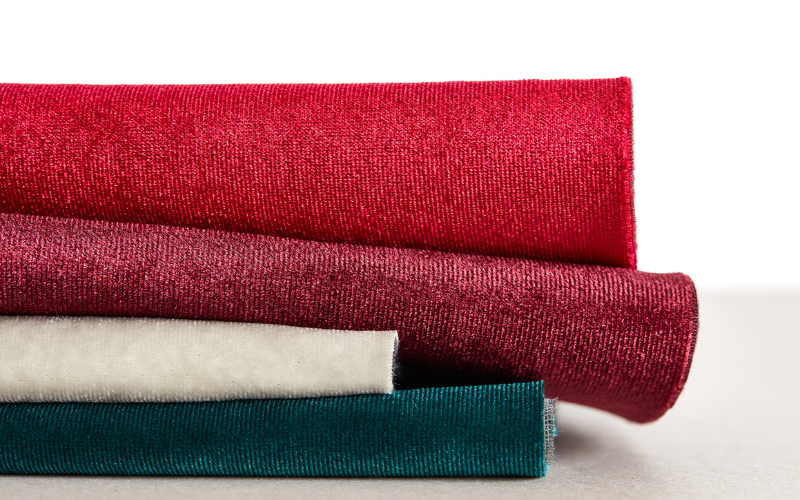
Modern clothing is created using many different materials. Some of the most sought-after fabrics are fabrics like cotton and polyester. The variety of fabrics can help you to choose the ideal appearance and appearance for your garments. It will also assist your clothing company in finding the right materials for production.
Below, we examine the most common fabrics that are used in the production of clothing:
COTTON
The use of cotton is very popular for garment production because of its light and breathability properties. It is grown by the plant and is utilized in everyday products like T-shirts and bedding. In recent years, cotton production has come under attention due to its effect on the environmental impact. However organic and environmentally sustainable options are increasingly becoming an option for fashion companies.
SYNTHETIC MATERIALS
Synthetic fabrics gained popularity as a substitute for cotton. They are made through the petrochemical process and have a reputation for their strength and durability. The most popular material is nylon. Other examples are acrylic and nylon. Like cotton, these types of fabrics aren’t as air-tight. They are also frequently mixed with other fibers in order to improve their strength.
VISCOSE
Viscose can be described as a synthetic semi-synthetic material made of wood pulp. It is often considered to be silk because of its silky feel and drape. It is, however, less expensive to manufacture and is utilized for garments like blouses, dresses, and jackets. Viscose is becoming a sought-after choice for clothing production and its popularity on the market is increasing. It is also possible to find sustainable alternatives to viscose that come from FSC-certified forests. They are also less chemical-intensive during the process of creation.
Linen
Linen is a very popular fabric, particularly for clothing that is lightweight. It is durable as well as breathable and very absorbent. While it is typically associated with summer clothes but it is also utilized as an inner lining inside jackets to help regulate body temperature.
Linen is made of flax plants that can thrive in soils with poor drainage and use less water. Also, it is biodegradable. It is often considered to be a more sustainable choice for the production of clothing.
Wool
Wool is often utilized in heavier fabrics, like sweaters and jackets. Traditional fabrics are usually described as rough against the skin. But, there are luxurious examples, such as Merino wool and cashmere, which are soft and lighter. In contemporary knitting, wool fabric is usually mixed along with various other materials to make sure that garments feel comfortable. Wool is also renowned as breathable and has odour-resistant and the ability to wick moisture away properties.
ELASTANE
Elastane is a different member of the family of synthetic fabrics and is well-known for its flexibility. It is typically combined with other fabrics to give flexibility and ease of use. It is often used in underwear, sportswear, and clothing that is form-fitting. It’s also claimed to stretch seven times its size! Additionally, this fabric can prevent sliding in the clothing, which is perfect for athletic wear.
In recent times, sustainable fabrics have been gaining the spotlight. They are the environment with a green alternative to traditional textiles. Find out more about sustainable materials on this page.





